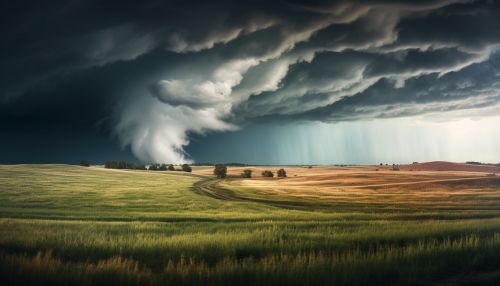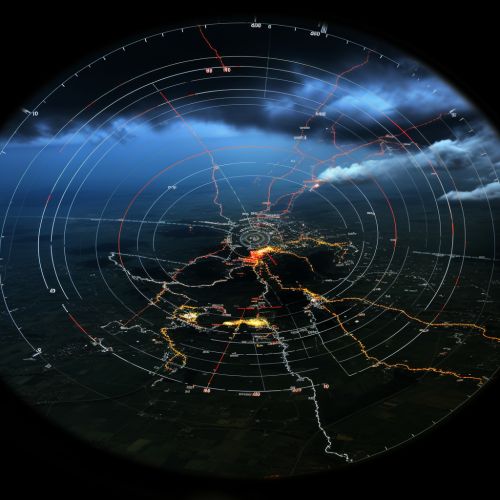The Role of Geostatistics in Predicting Tornado Risk
Introduction
Geostatistics is a branch of statistics focusing on spatial or spatiotemporal datasets. Developed originally to predict probability distributions of ore grades for mining operations, it is currently applied in diverse disciplines including petroleum geology, hydrogeology, hydrology, meteorology, oceanography, geochemistry, geometallurgy, geography, forestry, environmental control, landscape ecology, soil science, and agriculture (crop yield estimation). Among these applications, the role of geostatistics in predicting tornado risk is a significant area of study.


Geostatistics and Tornado Risk Prediction
Geostatistics employs statistical methods that account for spatial correlation, and the related phenomena of spatial regression and spatial auto-correlation, to make predictions about unobserved phenomena. In the context of tornado risk prediction, geostatistics can be used to analyze and interpret the spatial variability of tornado occurrences and their associated meteorological conditions. This can help in developing predictive models for tornado risk in different geographical areas.
Theoretical Background
Geostatistics is rooted in the theory of regionalized variables, which posits that geographically distributed phenomena are not random but exhibit spatial correlation. This theory is the foundation for key geostatistical tools such as variograms, kriging, and spatial stochastic simulations. These tools are used to analyze the spatial and temporal patterns of tornado occurrences and their associated meteorological conditions, providing a basis for tornado risk prediction.


Spatial and Temporal Patterns of Tornado Occurrences
Tornadoes do not occur randomly in time or space. They are associated with specific meteorological conditions and often occur in clusters. Geostatistical analysis can help identify these spatial and temporal patterns. For example, variograms can be used to quantify the spatial correlation of tornado occurrences, and kriging can be used to interpolate tornado risk in unobserved locations based on observed data.
Meteorological Conditions Associated with Tornadoes
Tornadoes are associated with specific meteorological conditions, including severe thunderstorms, high wind shear, and atmospheric instability. Geostatistical analysis can be used to analyze the spatial variability of these conditions and their correlation with tornado occurrences. This can help in predicting tornado risk based on meteorological conditions.


Predictive Models for Tornado Risk
Geostatistical analysis can be used to develop predictive models for tornado risk. These models can incorporate both the spatial and temporal patterns of tornado occurrences and the spatial variability of associated meteorological conditions. Such models can provide a basis for tornado risk assessment and management.
Limitations and Future Directions
While geostatistics provides powerful tools for tornado risk prediction, it also has limitations. For example, it assumes stationarity, which may not hold true for tornado occurrences or their associated meteorological conditions. Future research could focus on developing non-stationary geostatistical models for tornado risk prediction.


Conclusion
Geostatistics plays a crucial role in predicting tornado risk. By analyzing the spatial and temporal patterns of tornado occurrences and their associated meteorological conditions, geostatistics can help develop predictive models for tornado risk. These models can provide a basis for tornado risk assessment and management, contributing to the safety and well-being of communities at risk.


